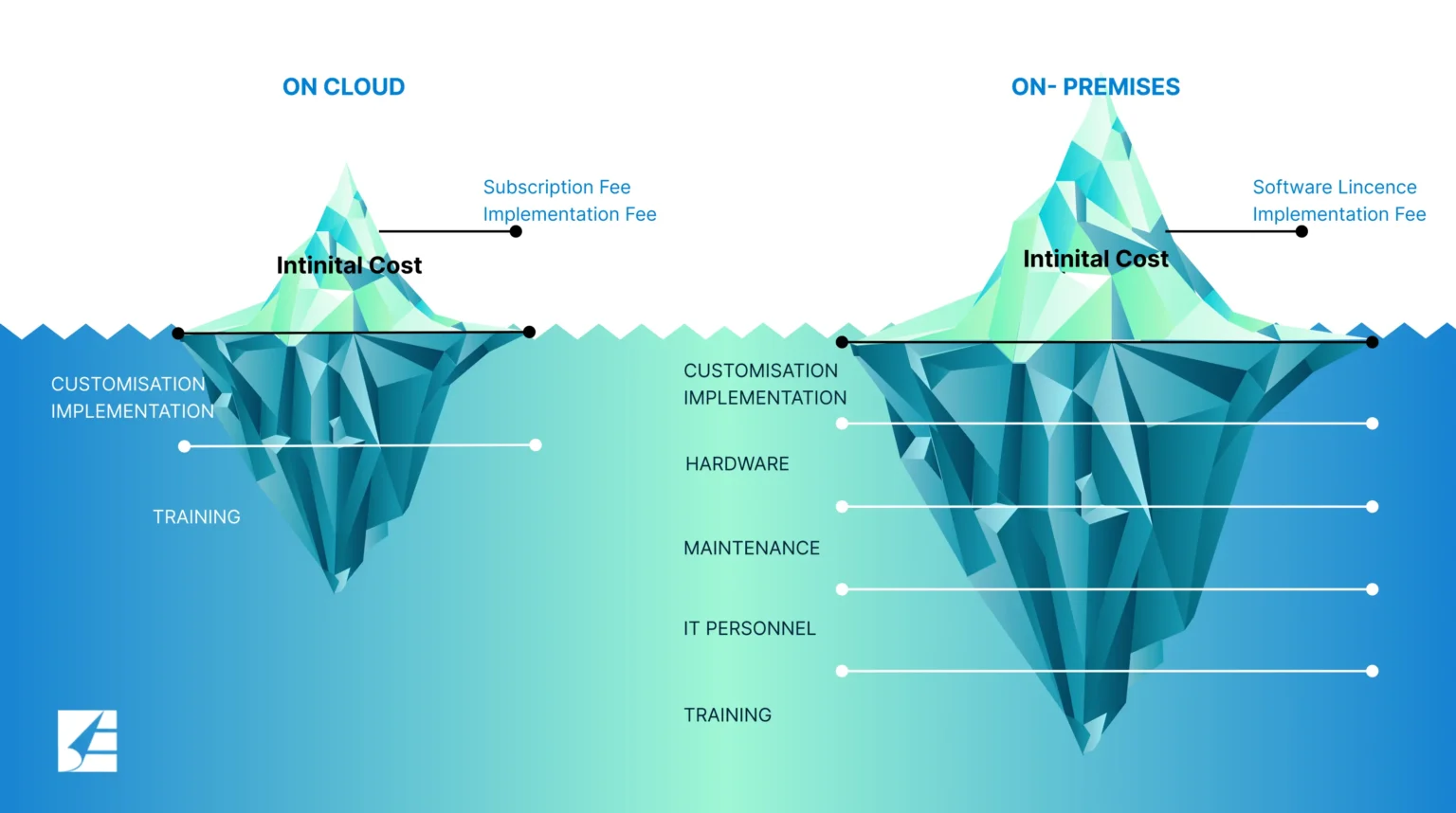Build your first embedded data product now. Talk to our product experts for a guided demo or get your hands dirty with a free 10-day trial.
Have you ever considered that the sticker price is just the beginning?
It’s tempting to compare cloud analytics platforms to on-premises solutions by looking at headline prices. A monthly SaaS fee on one side, an upfront on-prem quote on the other.
But as anyone who’s managed IT budgets will tell you, what really matters isn’t just what’s on the first invoice: it’s the total cost of ownership (TCO) over time. The sticker price rarely tells the whole story.
We know it’s not easy to compare options on your own, so we've done the heavy lifting here and created a special comparison.
On-premises deployments are often presented as a one-and-done investment: buy the hardware, get your software licenses, set it up, and you’re ready to go. In reality, these deployments bring a range of ongoing costs that don’t always show up in the initial quote.
Consider a small-scale IT analytics deployment for 10 users:
For a large-scale, high-performance AI server deployment:
By comparison, five-year cloud costs for the same AI workload can range from €2.36 million to €4.3 million, depending on usage and scale.
The real surprises start after deployment:

There’s also the cost you can’t see on a balance sheet: time and focus. Every hour your IT team spends maintaining, patching, or troubleshooting infrastructure is an hour not spent on strategic projects, launching new features, or improving the customer experience. Over time, the opportunity cost can dwarf the direct expenses.
Cloud analytics platforms are designed to eliminate most of these headaches.
Instead of big up-front investments and ongoing surprises, you pay a predictable monthly fee, and the vendor takes care of the rest.
For example, Luzmo’s cloud pricing includes:
With these plans:
For organizations comparing on-premises analytics (as offered by BI vendors like Metabase or Reveal, which can offer unlimited users) with managed cloud analytics, it’s important to balance both user flexibility and the hidden costs that come with self-hosted solutions.
Here’s how the total cost of ownership can play out over five years for a typical enterprise deployment (using industry averages for on-premises, and published cloud pricing for a 1000-user scenario):
Cloud cost calculated as €3,100/month × 12 months × 5 years = €186,000 (for 1000 users). On-premises cost assumes unlimited users, but costs for infrastructure, support, and upgrades still scale with organization size.
While some on-premises platforms allow for unlimited users at a fixed software cost, operational expenses—like support, upgrades, and hardware—still rise with scale. For most organizations, managed cloud platforms deliver a clearer, more predictable TCO and a much lower resource burden for IT teams.
There are times when on-premises deployments are genuinely the right call:
But for the majority of organizations, especially those that value speed, agility, and flexibility, the cloud is not only cost-effective – it’s a way to offload complexity and focus on what matters most.
Many analytics buyers wonder if running on-premises is a shortcut to lower costs or better control. While some solutions do allow private deployment, it’s important to factor in all the additional expenses: ongoing maintenance, security updates, infrastructure, and staffing.
If your organization has unique needs or strict requirements, make sure you’re looking at the total cost over five years, not just the up-front savings.
And if you’re facing a tough decision, our team is always happy to share benchmarks and walk you through a real-world TCO analysis, so you can make an informed choice.
Sticker price tells only part of the story. When evaluating analytics platforms, make sure to count every cost, not just the obvious ones. Think about the time, staff, and risk you’re willing to take on—and where your team’s focus will make the biggest impact. If you want a transparent, real-world comparison of your options, our team is always ready to help.
Build your first embedded data product now. Talk to our product experts for a guided demo or get your hands dirty with a free 10-day trial.
